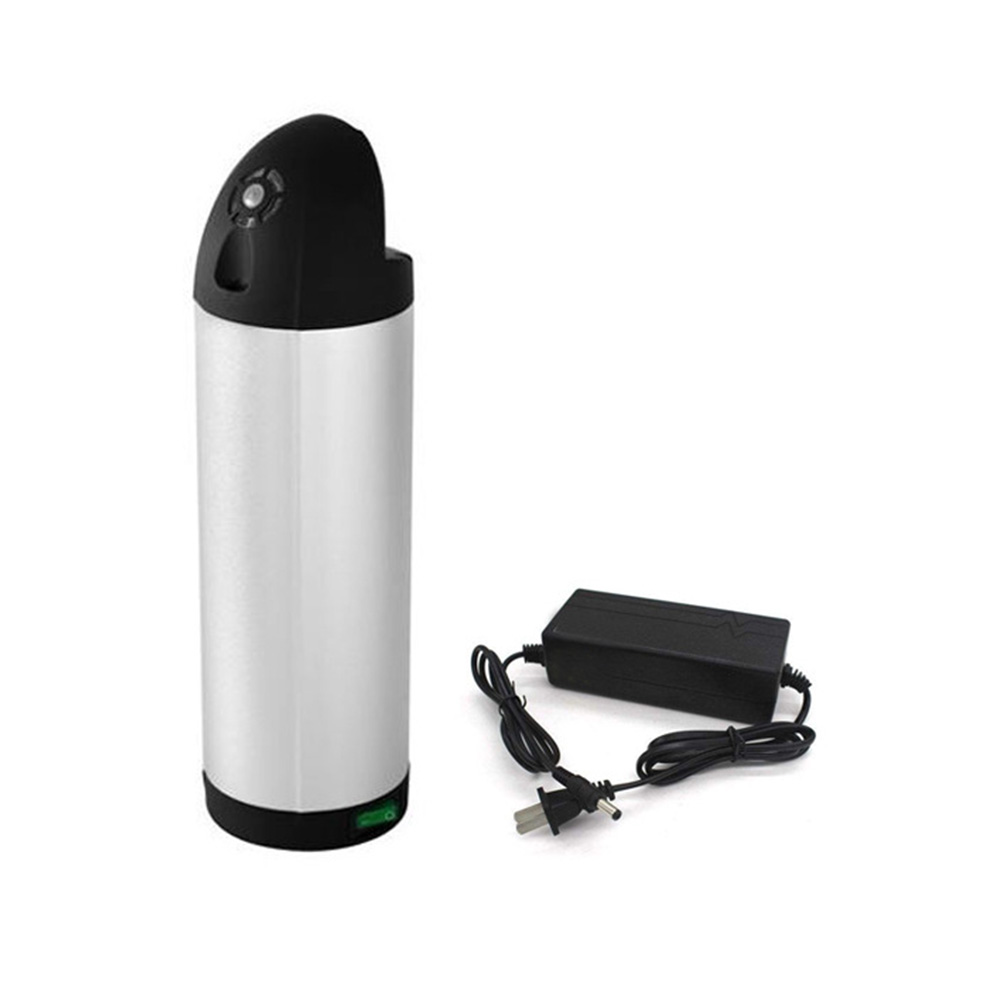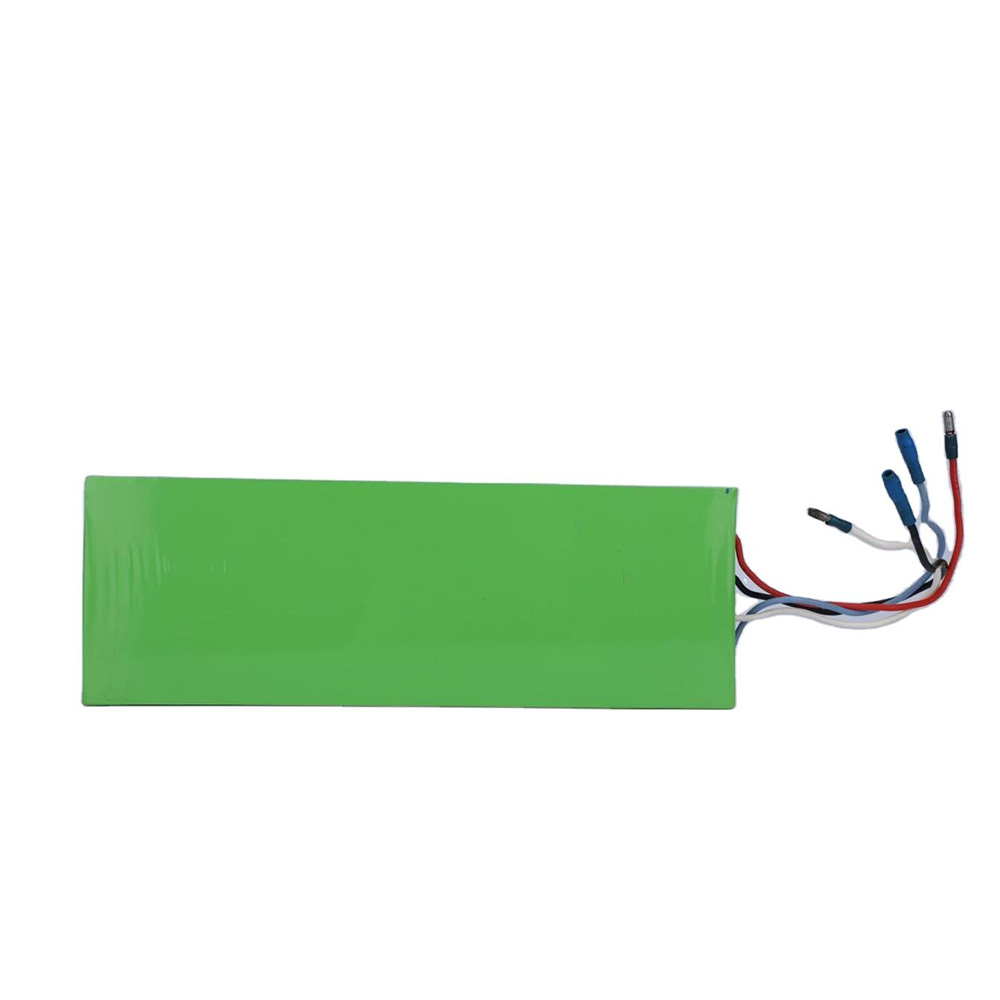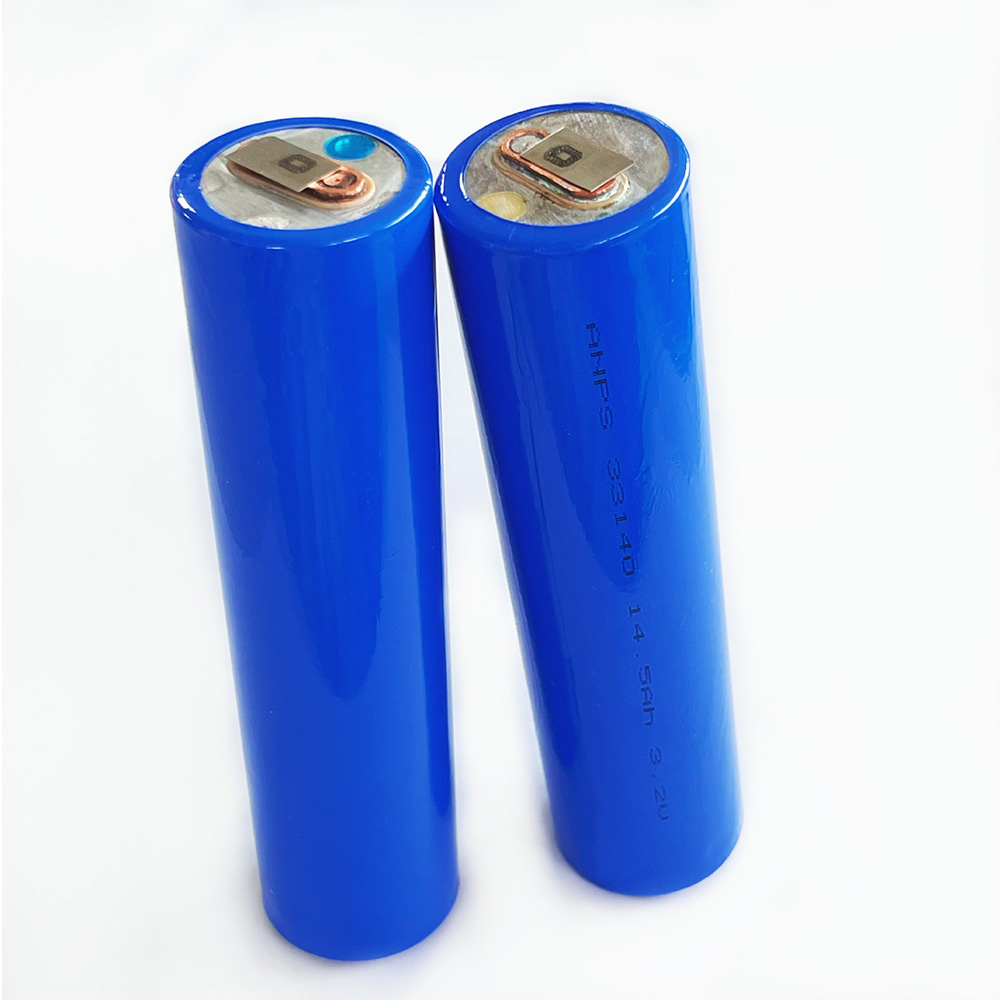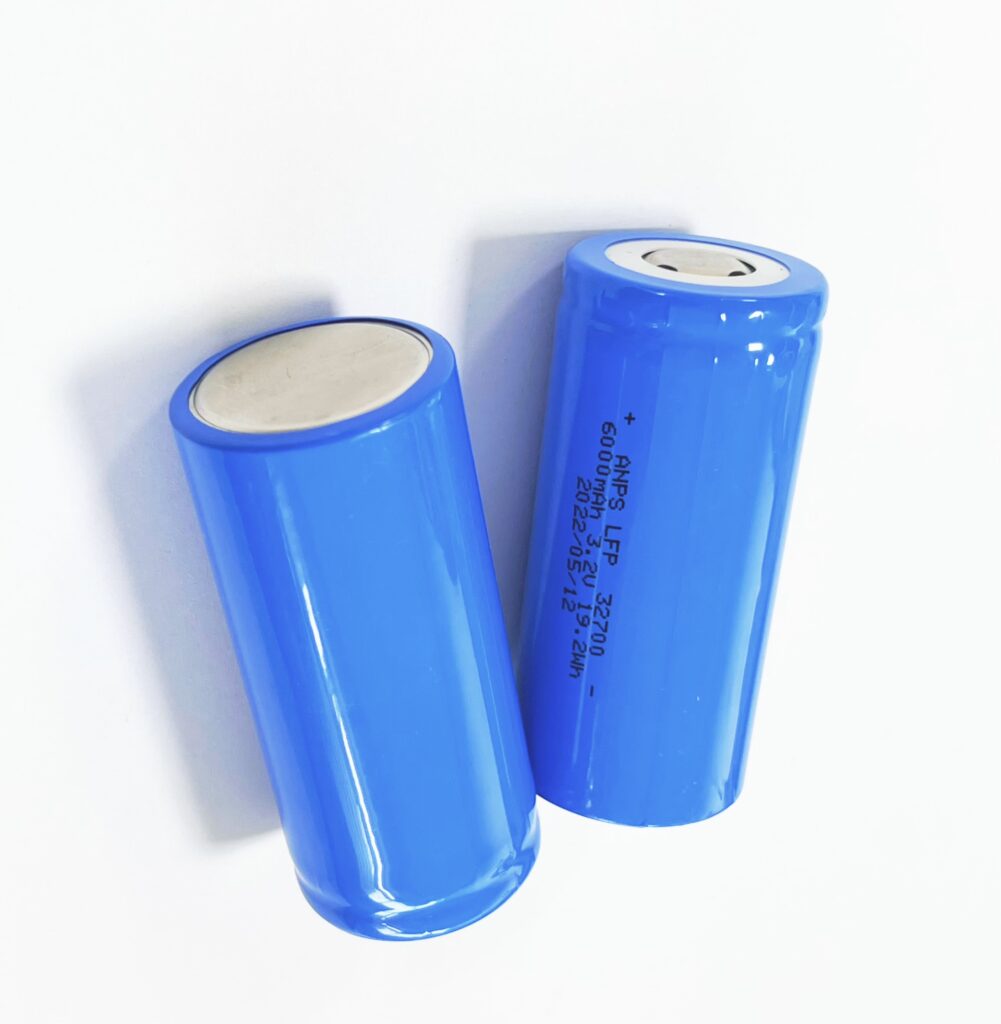Blog
Explore the Power of Lithium Innovation
Stay updated with the latest trends, technologies, and application insights in the world of lithium battery solutions
Search the whole station
Explore the Power of Lithium Innovation
Stay updated with the latest trends, technologies, and application insights in the world of lithium battery solutions
When it comes to charging lithium batteries correctly, I’ve learned that it not only extends their lifespan but also keeps them safe. Using the right charging methods is very important, especially since different types of lithium batteries—like lithium nickel manganese cobalt oxide (NMC) and lithium iron phosphate (LFP)—have different charging recommendations.
For instance, I usually fully charge LFP batteries regularly, while NMC batteries don’t need frequent full charges. Following these guidelines keeps the battery in optimal condition.
Before charging, it helps to know what a lithium battery pack actually is. A battery pack is made by processing, assembling, and packaging individual lithium battery cells—a process called PACK.
A pack can be a single cell or a series-parallel combination. Typically, it includes:
Knowing the pack structure is important when charging series or parallel-connected batteries.
Charging a lithium-ion battery uses an external power source to push lithium ions from the cathode to the anode. Electrons move in the opposite direction externally, from the anode to the charger, and into the cathode.
During discharge, lithium ions move back to the cathode while electrons flow through the external load.
In simple terms:
Internally, ions cross multiple interfaces: cathode → cathode-electrolyte interface → electrolyte → separator → electrolyte-anode interface → anode bulk.
I usually use series charging because it’s simple, low-cost, and easy to implement. However, individual cells may differ in capacity, internal resistance, or self-discharge. The smallest capacity cell can fully charge first, and continuing series charging may overcharge that cell, so monitoring is important.
When charging batteries in parallel, balancing is key. Each cell must be equalized to prevent performance and lifespan issues. Common balancing methods include:
Charging lithium-ion batteries involves four main stages:
For high-quality batteries, the typical charging range is 0°C–45°C. Cheaper batteries may charge safely from 8°C–45°C. Some allow up to 60°C, but with a reduced charge rate.
For parallel-connected lithium batteries, follow manufacturer instructions closely. Protection chips help, but proper charging practices prevent potential damage.
By keeping these points in mind, you can charge custom lithium battery packs safely, maximize their lifespan, and maintain reliable performance in all your devices.

High-performance 36V 10Ah water bottle lithium battery for electric bikes. Lightweight 3.5kg, fast charging in 1.5–2 hours, safe & durable with up to 500 cycles. Ideal for commuting and long rides.

high-performance 18650 Battery 4000mAh, offering stable 24V power and deep cycle support. Perfect for electric scooters, power tools, and energy storage systems. Built-in safety protections ensure long-lasting, reliable performance.

Apsenx 33140 LiFePO4 battery cell (14500mAh, 3.2V). High capacity, long cycle life, safe chemistry. Ideal for ESS, EV, UPS, and solar storage.

Reliable 32700 LiFePO4 battery with 6000mAh capacity, 2000+ cycles, and advanced safety features. Perfect for EVs, solar storage, and backup power solutions.
If your power tools, scooters, or RC builds stall or overheat, it’s probably your battery’s fault — here’s how I choose the right high discharge 18650 cells.
View detailsThe wholesale market for 18650 lithium batteries is booming. Discover the key drivers, challenges, and opportunities in supplying high-quality 18650 batteries for electric vehicles, portable electronics, and renewable energy storage.
View detailsLearn how to safely upgrade your drone battery to improve flight time and performance. This guide covers battery types, selecting the right supplier, safe installation, charging practices, and proper calibration to protect your drone and ensure op...
View detailsChina leads the global power battery market, but liquid lithium batteries face limitations. Solid-state batteries may become the future, with breakthroughs expected by 2030.
View details
HelloPlease log in